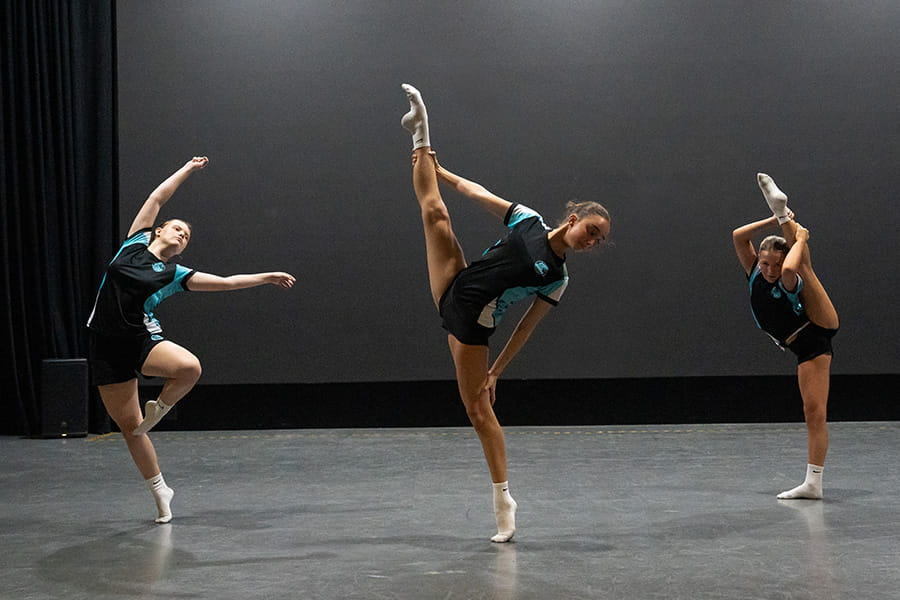Cello Suite No.3 in C Major, BMV 1009
By exploring this category, students can focus on the unique timbres, technical capabilities and expressive possibilities of a range of individual instruments.
György Ligeti: 6 Bagatelles for Woodwind Quintet
This category demonstrates opportunities for both independence and cooperation; instruments can either blend together to create a singular unified sound or express their distinctive qualities to create rich musical dialogue.
Ludwig van Beethoven: Symphony No. 5 in C minor, Op.67
Students will learn about different kinds of orchestras and families of instruments. They will also explore the role of the conductor, the forms and structures of orchestral works and other musical elements.
Felix Mendelssohn: Violin Concerto in E Minor, Op. 64
The Concerto features the contrasting musical forces of soloists(s) against an orchestra. This unique form illuminates the technical and sonorous capabilities of the featured instrument(s).
Thelonious Monk: "Blue Monk"
This category focuses on improvisational music across a variety of cultural traditions. Through listening and playing musical games, students will develop their ability to improvise as a mode of creative self-expression.
Igor Stravinsky: The Rite of Spring
Composers have long used instruments to tell stories without words. Learners will investigate the ways in which compositional choices reflect a narrative’s setting, actions, emotions and characters.
Doudou N’Diaye Rose: Chants du Burgam (Senegal, West Africa)
Folk traditions have inspired countless compositions. This category encourages students to study pieces inspired by this music and to delve into the music and cultural practices of the folk sources themselves.
W.A. Mozart: Music from The Magic Flute, K. 620
Dramatic productions, including operas and pieces for musical theatre, combine instrumental with voices, acting, scenery and dance. The collaboration of numerous disciplines enhances the dramatic arc of the work.
Traditional Chinese: Ambush from Ten Sides
The study of music for ancient instruments allows classes to explore their physical attributes, their evolution over time, their functions within their societies, as well as their connections with music and traditions of other cultures.
George Gershwin: They Can’t Take That Away from Me
Students will hear distinct vocal timbres, learn the musical devices used to convey poetry and understand the song’s function within culture. They can also learn songs in different languages and compare common forms.
John Williams: Score to E.T. the Extra-Terrestrial
The art of original film-scoring involves composing music to accompany specific images, moods or actions. Students will study iconic scores both with and without their visuals, focusing on themes, orchestral texture and dramatic elements.
Composer of Today
Beginning in the autumn of 2016, this category will offer students the unique opportunity to interact with a Juilliard-affiliated composer throughout the school year, providing a window into the music, influences, challenges and motivations of the contemporary composer.




.jpg?h=499&iar=0&w=887&rev=53f083479c8c4a6e8435a1015269f150&hash=06C617BB42D343989F7437E4E7C26857)